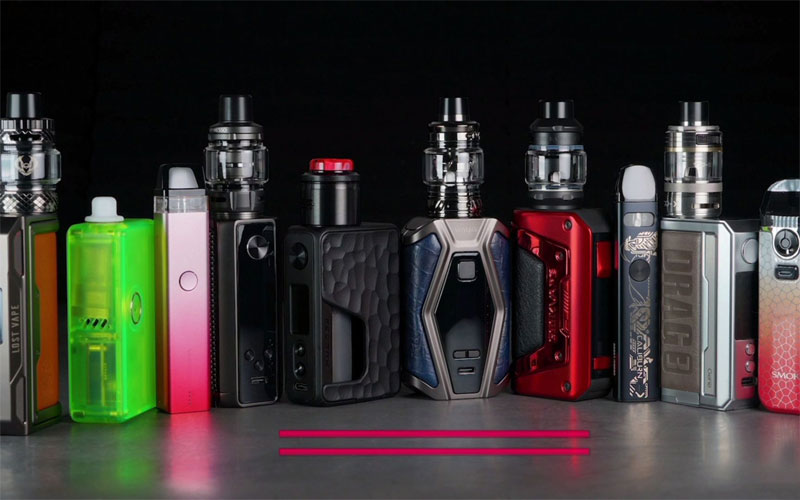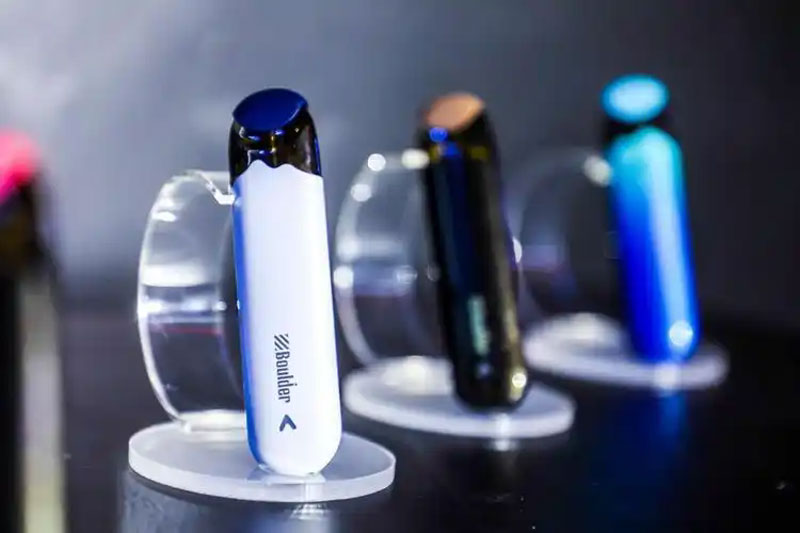Exploring E-Cigarettes: Do They Contain Tobacco?
E-cigarettes have gained immense popularity over recent years as an alternative to traditional smoking, but a lingering question persists: do e-cigarettes contain tobacco? Understanding the components of e-cigarettes is essential for both current users and those considering switching from conventional cigarettes. While e-cigarettes may resemble the act of smoking a traditional cigarette, their composition is fundamentally different. At their core, e-cigarettes use a liquid typically called e-liquid or vape juice, which does not contain tobacco leaves.
Instead, these devices operate by delivering nicotine through vapor, rather than smoke. Nicotine, a naturally occurring substance in tobacco, is often included in the formulation of e-liquids. However, to answer the question directly, e-cigarettes do not contain tobacco in its raw leaf form. Rather, they provide nicotine extracted from the tobacco plant, blended with other ingredients to create the liquid solution inhaled by users.
Rather, they provide nicotine extracted from the tobacco plant, blended with other ingredients to create the liquid solution inhaled by users.
What Else Is in E-Liquid?
Beyond nicotine, e-liquids contain a variety of other ingredients. Commonly, the base of e-liquid comprises propylene glycol and vegetable glycerin, substances that create the visible vapor. Flavorings can also be added, providing a wide range of options from fruity to dessert-inspired tastes. While nicotine is optional, many e-liquid formulations offer varying nicotine concentrations to accommodate different preferences. As users seek information on whether e-cigarettes contain tobacco, it’s crucial to differentiate between tobacco-derived nicotine and the absence of tobacco leaf itself.
Impact of Nicotine in E-cigarettes
For those pondering the health implications, nicotine remains a central subject of discussion. This stimulating compound is typically linked with addictive traits, leading users to question its presence in e-cigarettes. Although nicotine in e-cigarettes is derived from tobacco, it is processed into a liquid form which offers an alternative delivery method. Unlike traditional cigarettes, which involve burning tobacco to release nicotine, e-cigarettes heat the e-liquid to produce vapor, offering a potentially less harmful mode of consumption. Nevertheless, the addictive nature of nicotine is indisputable, and its impact should be seriously considered by potential users.
E-cigarettes do not carry the tar and numerous carcinogens found in conventional smoking products, but nicotine itself is a substance of concern, especially for non-smokers, teenagers, and pregnant women.
Are E-Cigarettes Safer?

Given the absence of tobacco, many assume e-cigarettes are inherently safer than traditional cigarettes. Studies suggest that e-cigarettes may pose fewer health risks as they eliminate tobacco combustion, greatly reducing exposure to harmful toxins commonly associated with smoking. It is important to understand that ‘safer’ does not equate to ‘safe.’
The long-term effects and potential health risks of using e-cigarettes are still undergoing extensive research. Users should be aware that despite lower levels of harmful substances, nicotine dependency remains a significant concern. Proper consideration and personal research are advised before starting usage.
FAQs
Q: Can e-cigarettes help quit smoking?
Many former smokers report success in quitting smoking through e-cigarettes due to the controlled nicotine levels and experience, though results vary.
Q: What are the legal age restrictions for purchasing e-cigarettes?
Legal age restrictions differ per country and often mirror the age requirements for purchasing traditional tobacco products. In many regions, the age is typically 18 or 21.
Q: Do all e-liquids contain nicotine?
Not all e-liquids contain nicotine; variations exist catering to personal preferences for either nicotine-infused or nicotine-free experiences.
